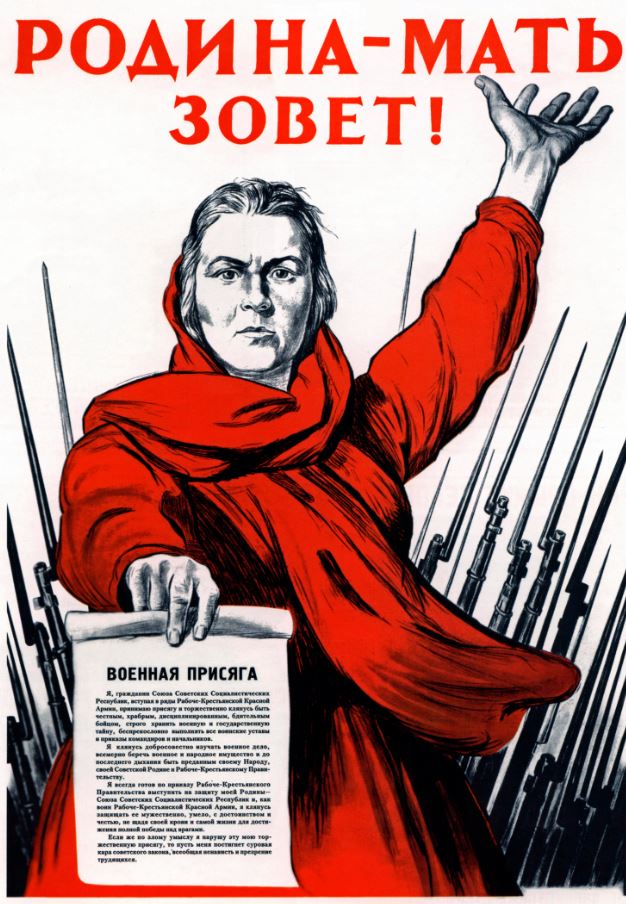
Iraklii Toidze(1941, 1975 reprint) Curated by Clara Bergan(LC ’13)
On the morning of June 22nd 1941 German troops came crashing across the Soviet border in Byelorussia, Ukraine and Lithuania, officially marking the start of operation Barbarossa, and the beginning of the Soviet people’s Great Patriotic War against the fascists invaders.
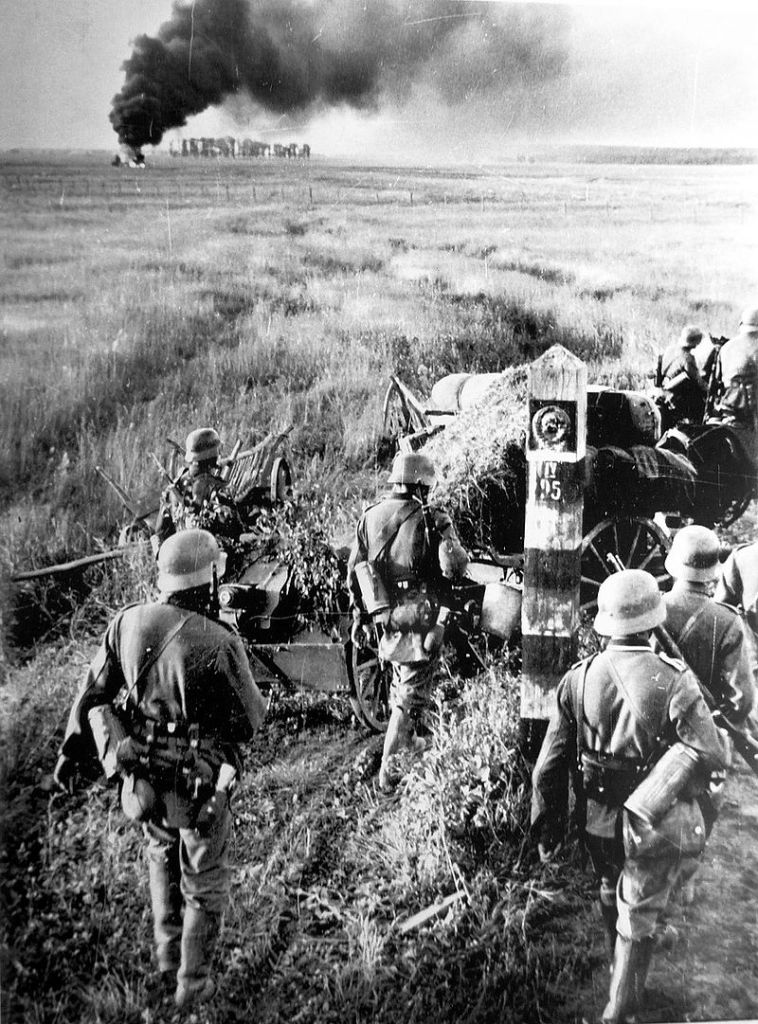
Говорить Москва! Attention Moscow Speaking!
The Soviet People were made aware of the start of this war by an announcement by radio Moscow broadcaster Yuri Levitan later that day. The announcement will be below, however I encourage everyone to give it a listen here.
“Citizens of the Soviet Union, today at 4 AM without any deceleration of war, German armed forces attacked the borders of the USSR. A Great Patriotic War of the Soviet people against Nazi aggressors has begun. Ours is the righteous cause. The enemy will be defeated. Victory will be ours!”
Yuri Levitan
Few knew what this victory would cost and what followed would be four years of carnage throughout the Soviet Union and Eastern and Central Europe, the likes of which neither Europe, nor the world had seen, or has seen since.
Economic Destruction
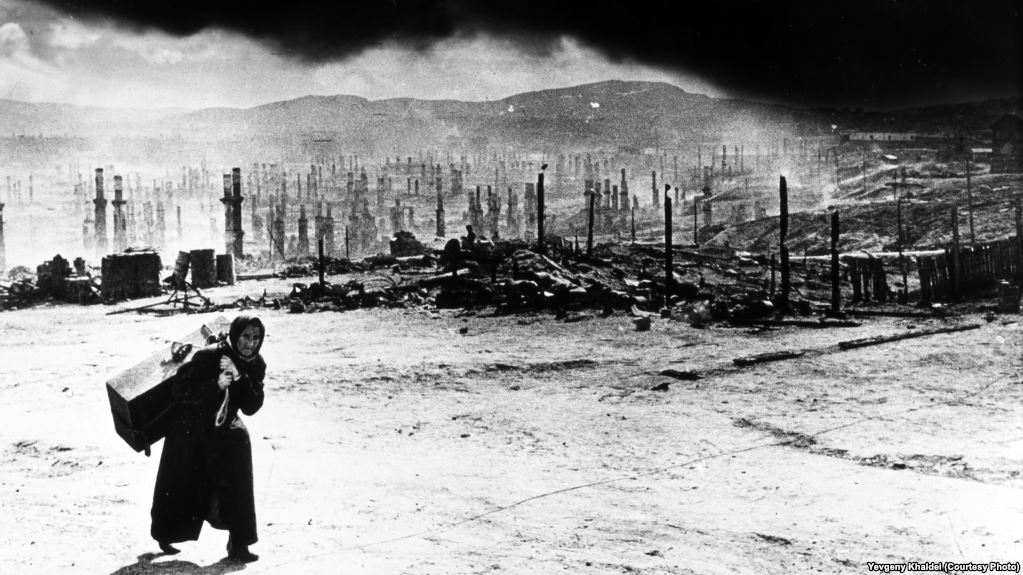
The economic losses inflicted upon the USSR in its four years of war are almost incomprehensible, and at a point the numbers get so large as to almost lose their meaning. Never the less, I feel as though it is important to share these figures because it highlights the level of brutality with which the Germans waged war in the Soviet Union. The German army completely destroyed over 1,710 towns and 70,000 villages in the USSR, making 25 million people homeless during the course of the war. Additionally, over 32,000 factories, 4,100 railway stations, 6,000 hospitals, and over 84,000 schools and other educational institutions were destroyed during the war. Agriculture was also a sector hard hit during the war, as many of the lands engulfed in some of the most brutal fighting were the Soviet Union’s most important grain growing regions, such as the Ukraine and the Black earth region of southern Russia. This resulted in the fascists destroying 98,000 collective farms and killing over seven million horses, 17 million head of cattle, and tens of millions of pigs, sheep, goats, and poultry. By the end of the war, the Soviet Extraordinary State Commission for Identifying and Investigating Crimes Perpetrated by the German–Fascist Invaders and Their Accomplices found that the war had permanently destroyed over 30% of the nations wealth, and that in the occupied areas of the Soviet Union that number rose to over 67%. The economic losses would foreshadow the human devastation that would befall the Soviet Union.
The Human Price
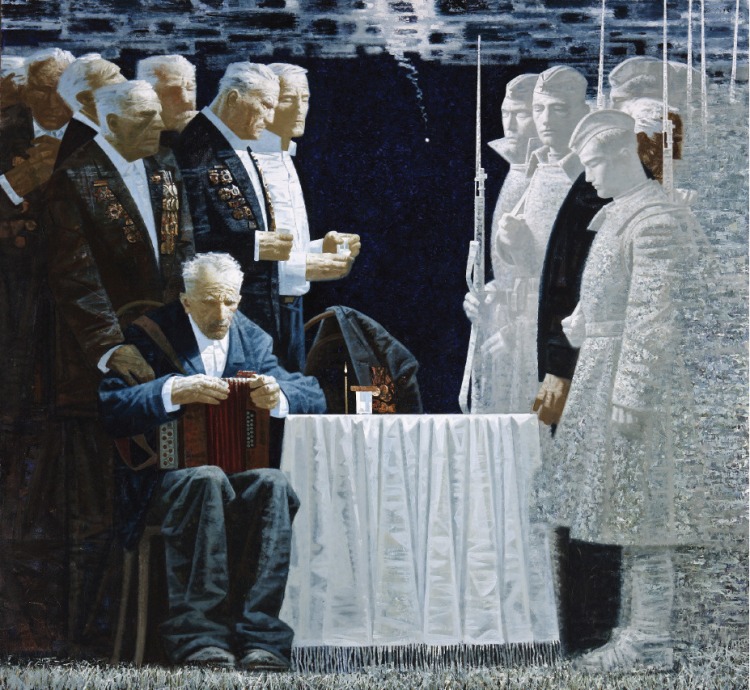
If the economic numbers were not disturbing enough, the human loss inflicted upon the Soviet people are just as staggering. Directly after the war the true numbers were hidden or simply unknown by the Soviet government, and the official death count was seven million. However, this number is a gross distortion of the actual facts. In reality the Soviet Union suffered losses of around 26 to 27 million and an actual population decline of around 40 million(calculated when looking at the number of births that did not occur because of the war), here are how the numbers break down. The Red Army suffered around 7.8 million military deaths; in this figure 5.5 million died at the front, 1.1 million in field hospitals, and 1.2 million in German captivity. However, this number is not complete, as it does not include the NKVD border troops, partisans, militarized divisions of railway troops, and a staggering number of 500,000 Soviet conscripts who were intercepted by the Germans and never reached their units to fight. In terms of injuries suffered on the battle field, it is unfortunately to difficult for demographers and historians to accurately calculate, so that figure is still unknown to this day. However, the real tragedy is the Soviet civilian death toll, which sits at a shocking 19 million. This number has unfortunately not been broken down like the military statistics, this is due to the large scope of death ranging from the siege of Leningrad, German concentration camps, mass shootings of civilians, laborers forced to work in Germany, and famine and disease. This unprecedented loss of human life left deep psychological effects on the Soviet and Russian peoples.
To truly understand the demographic impact the Great Patriotic War left on Russia, I would suggest watching this video
Soviet Obsession With Security and the Start of the Cold War
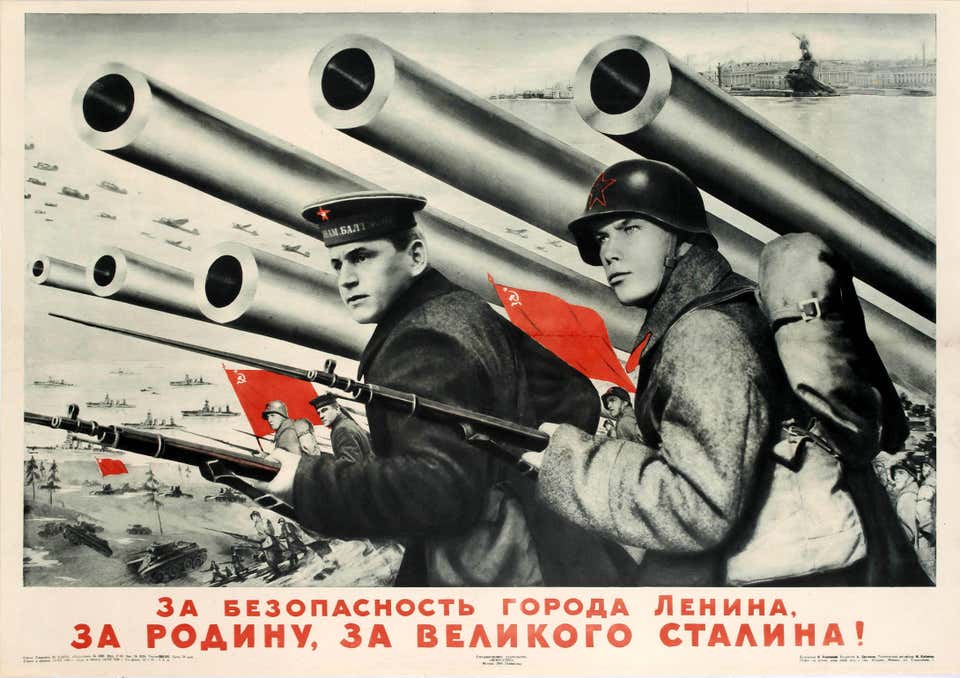
After the war, the Soviet government was keen on making sure an invasion of Russia from western Europe would never happen again. This mindset greatly contributed to the creation of the Eastern Bloc, in which the Soviet Union assisted Communist parties in Poland, Czechoslovakia, Hungary, Romania, and Bulgaria in coming to power. This assured the Soviet Union friendly governments in the nations that surrounded its western border, creating a “buffer” of some sort. This was intended to counter a strategy similar to Hitlers from happening again, in which the Soviet Union was surrounded by enemy nations all along its western border.
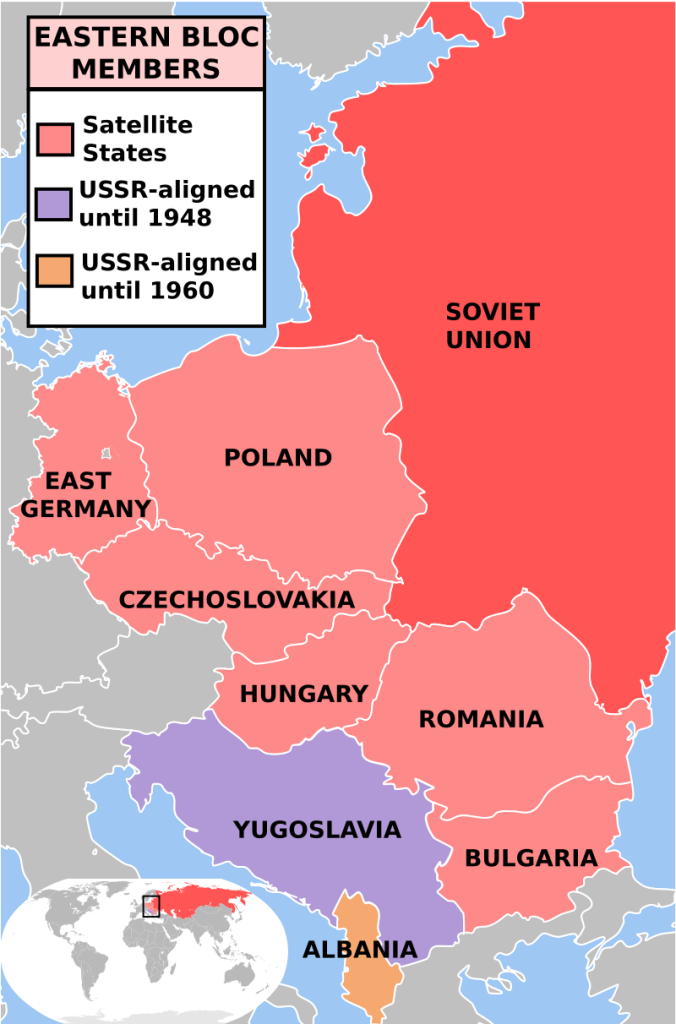
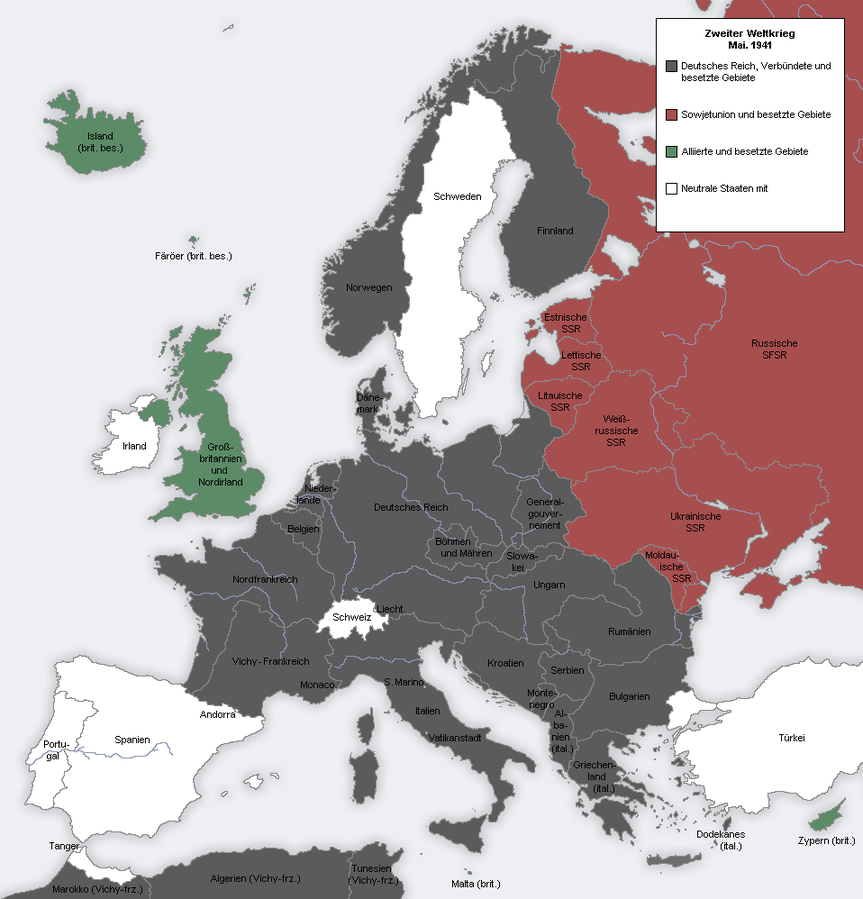
Soviet and Polish borders were also shifted westward, with the Soviet Union being granted Königsberg (Kalningrad now) and northern Prussia. While Poland, for compensation for western Ukraine and Byelorussia(eastern Poland) was granted southern Prussia and all German lands east of the Oder and Neisse rivers, including the German city of Stettin( now Szczecin.)
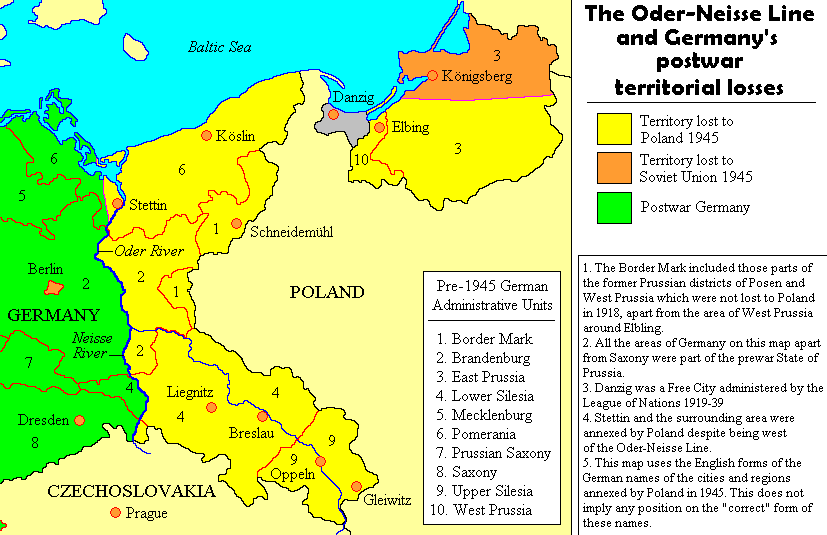
Soviet worry for their western border increased, when only a few years after German defeat, many western politicians and military leaders were talking of rearming Germany and rebuilding their wrecked economy. Seemingly acknowledging Stalin’s fears that the Western allies would ally with Germany to destroy the USSR.
In Conclusion
With the information given in this post, I feel as though it is a correct assertion to state that the Cold War was sparked due the the Soviet Union’s need for security after the devastating affects of the Great Patriotic War and Western misunderstanding of this need for security (in addition to flat out western hostility to the USSR and Soviet hostility to the west). The war was something never forgotten by the collective consciousness of the Soviet people, with Victory Day on May 9th(the day on which Germany surrendered to the Soviet Union) being the most important national holiday in post Soviet Russia, Ukraine, and Belarus, as well as many of the other nations of the former USSR. With this year marking the 75th anniversary of the War, I feel as though it is important to remember the sacrifices millions of people had to make to end this war.
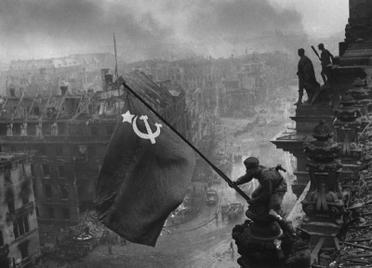
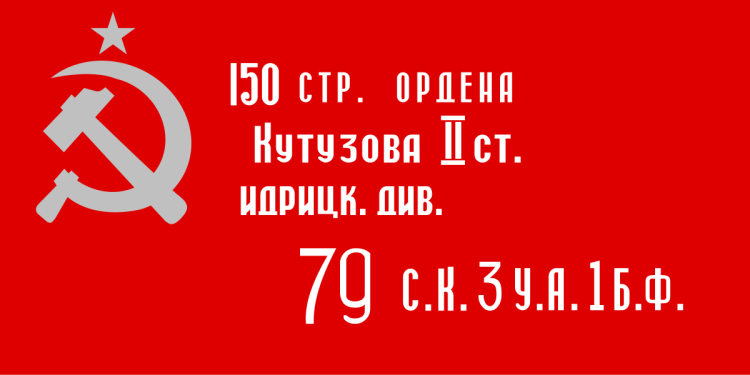
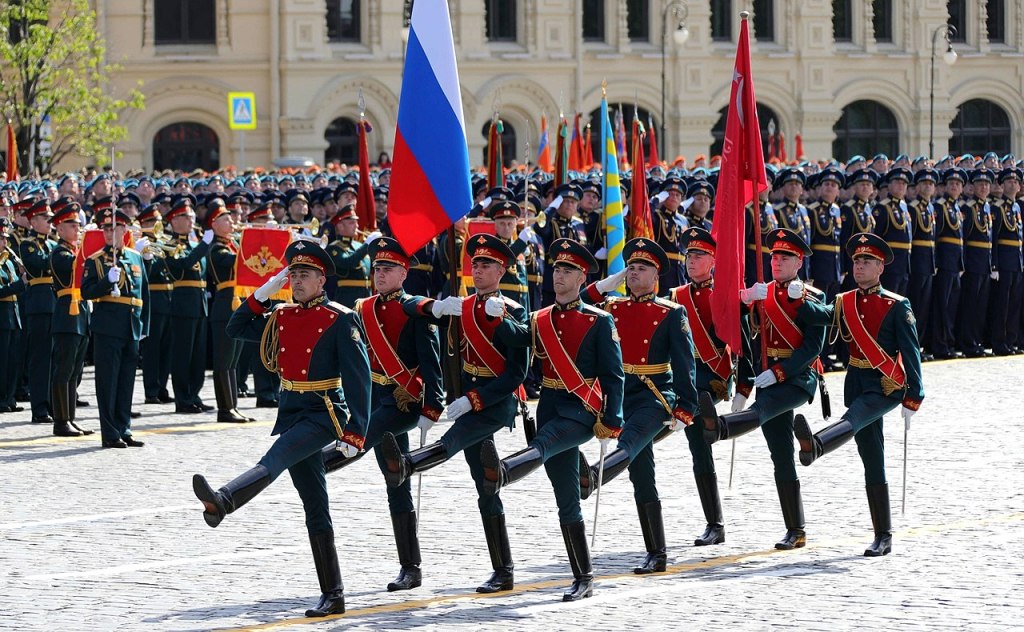
Sources
Ellman, Michael, and S. Maksudov. “Soviet Deaths in the Great Patriotic War: A Note.” Europe-Asia Studies, vol. 46, no. 4, 1994, pp. 671–680. JSTOR, http://www.jstor.org/stable/152934. Accessed 11 Apr. 2020.
“The Economic Price of the Soviet Victory in the Great Patriotic War.” Strategic Culture Foundation, www.strategic-culture.org/news/2015/05/06/the-economic-price-of-the-soviet-victory-in-the-great-patriotic-war/.
This post earned a “Red Star” award from the editorial team.
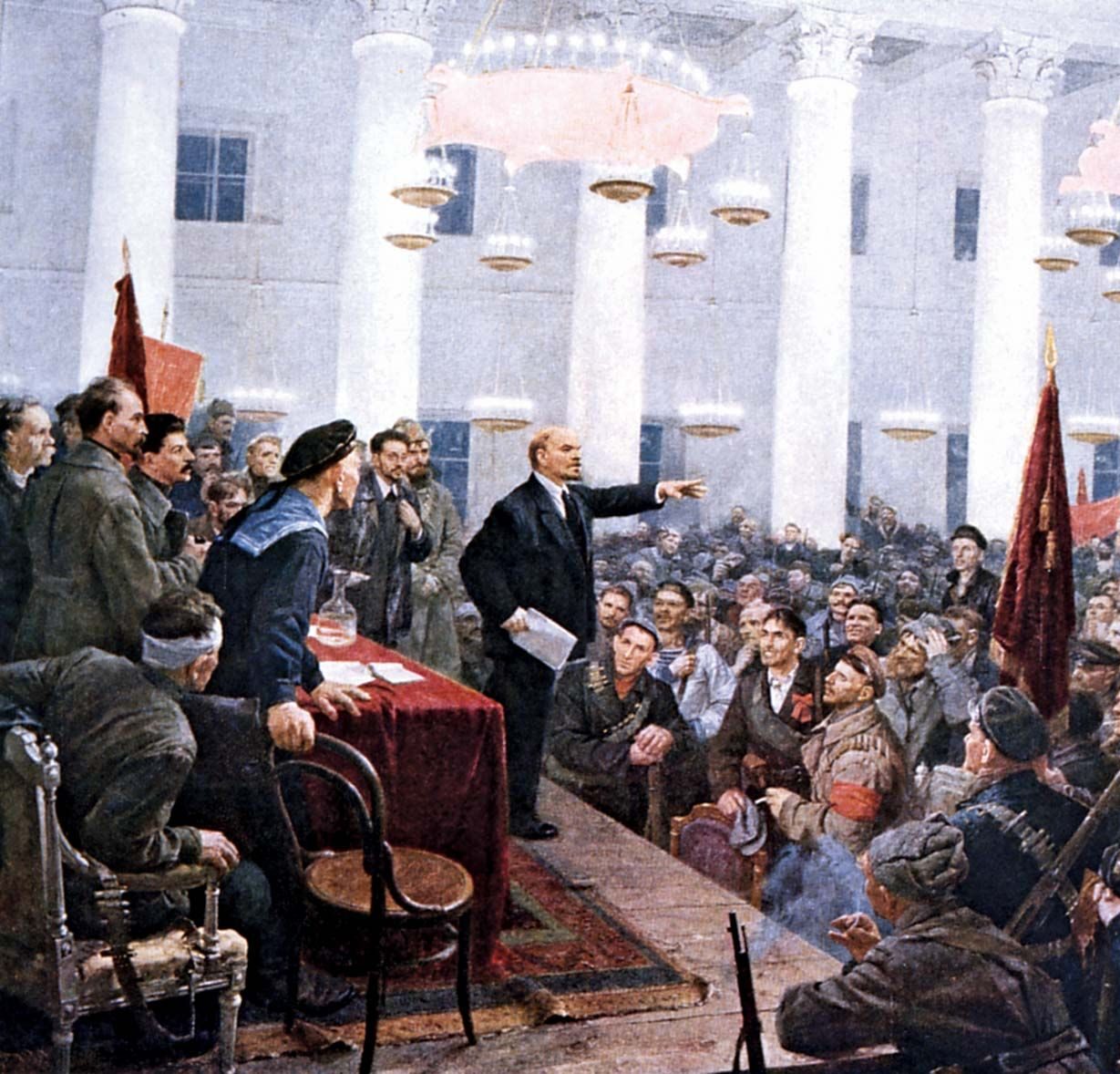
Wow. You cover a lot of territory in this post! (See what I did there?) I’ve got only nods of affirmation for the bulk of your analysis, and I love the images you used — the maps are super helpful. Can you tell us more about the painting by Igor Kravtsov? It’s just haunting and so evocative of the sacrifice. One way I think you could make this even stronger is to talk about the demographic legacy of the war (which cues up the film). What would the effect of so many deaths have on Soviet society in the 50s?
LikeLike
I do not know much about the image, I found it one day when scrolling through twitter, I checked out the artist’s catalog and he has many similar pictures that encourage everyone to look at. With regarding the affects of this lost on Soviet society in the 50’s I am unfortunately under informed on that topic. I know more about the broader picture, i.e how the memory of this war affects Soviet and Russian political and military decisions of the state. One thing I do know however is that Stalin’s government tried to hide the full extent of the damage caused by the war on the Soviet Union.
LikeLiked by 1 person
I just love that painting, it’s really haunting. For the demographic legacy, check out the handout on the “Costs of War” (in the folder). Looking downstream of the battlefield deaths and overall casualties, the Soviet Union has a population “deficit” of about 45 million people in 1950 (actual population = 179 million; absent the war it would have been closer to 224 million. So, postwar reconstruction and rebuilding is substantially under-peopled — and especially undermanned. The gender imbalance that comes from losing a generation will persist throughout the 20th century.
LikeLike
The great loss of life during WW2 on the Soviet side could be attributed partially due to Stalin’s paranoia of a military coup that he “prevented” by the killing of such a significant percent (35%) of the Soviet military officers. Initially, there was few trained officers to lead the Red Army in battle, so the Red Army was easily run over by the Germans. One can then see that the occupation of Eastern European Countries after the was due to Stalin’s concern about security which he did not show at the start of the war.
LikeLiked by 1 person
I definitely agree with you on that, however I feel although many people over look the other disadvantages the Red Army faced at the start of the war. Such as the fact that all of the USSR’s neighbors were either collaborating with Germany or German puppet states, stretching the front line across the entire Soviet western border. Additionally German troops were battle hardened veterans having crushed most other European states, and in the battle field almost nothing beats experience.
LikeLike
Great post, De’Vonte! After learning about the optimism of the 1930’s for the Soviet Union, I find it even more tragic that the Soviet Union underwent experienced such overwhelming devastation. It’s hard for me to imagine a worse time for the war to break out. It seems like much of the investment put into the country in the 1930’s was destroyed or crippled and the growing optimism of the Soviet people was crushed.
LikeLike
Yes much of the work of the thirties were destroyed during the war, however the Soviet people made heist and rebuilt and soon surpassed the level of production of 1940.
LikeLike